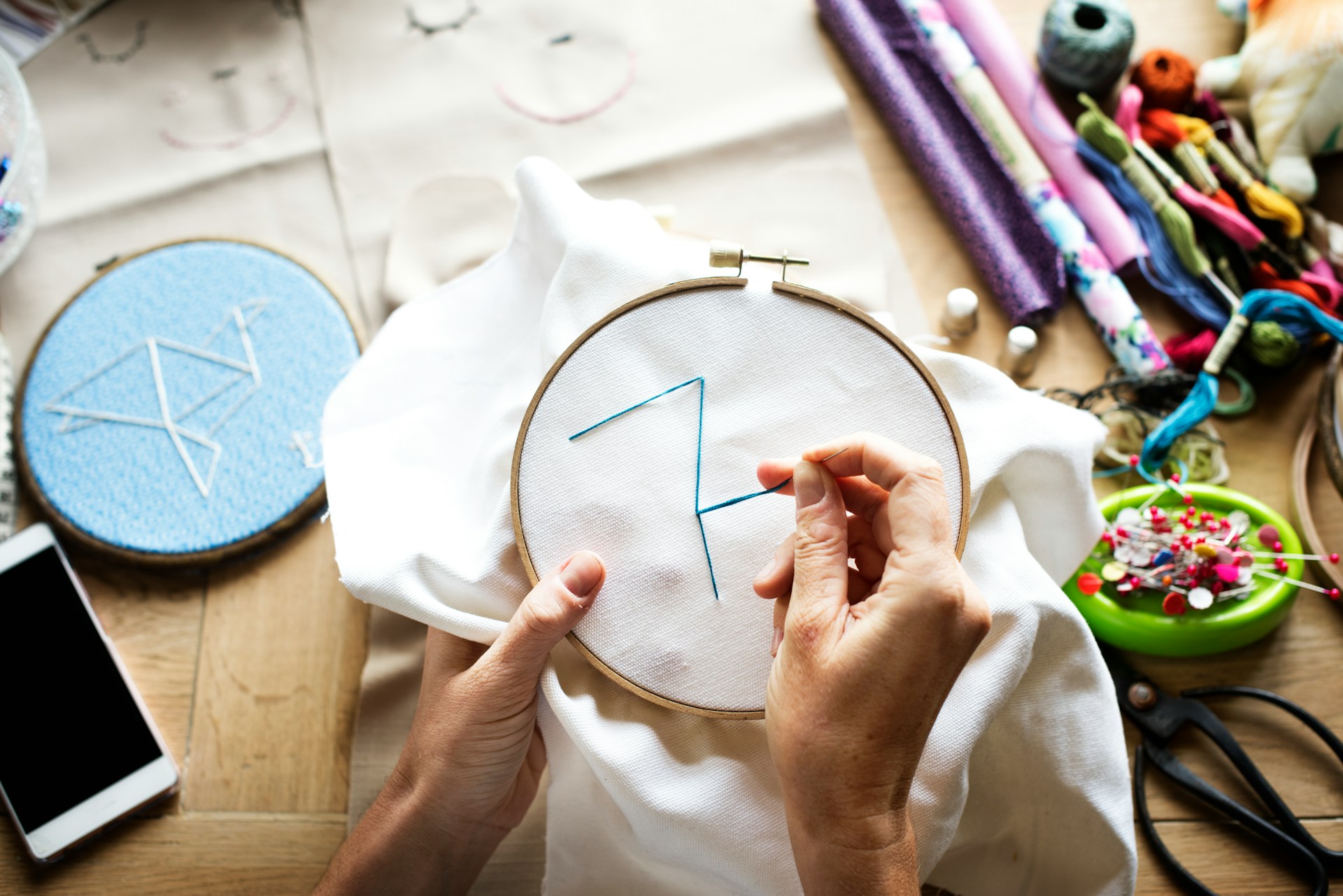Embroidery is an art that brings life and personality to textiles with its intricate designs and vibrant colors. It allows people to personalize items, making them unique and special. Whether it's adding a splash of style to a plain t-shirt or creating a keepsake pillow, embroidery adds texture and character to materials. In Cape Coral, a wide selection of fabrics enhances this art, each offering a different canvas for creativity.
When it comes to embroidery, the type of fabric you choose plays a pivotal role. Cape Coral offers a spectrum of options, from soft cotton ideal for everyday wear to durable polyester used in sports apparel. Each fabric presents its own set of opportunities and challenges for embroidery. Understanding these characteristics helps in achieving the best results, ensuring that stitches hold well and designs come to life with precision. Let’s explore what makes these fabrics distinct and how they can impact your next embroidery project.
Understanding Different Fabrics
Cape Coral is rich in fabric diversity, offering a variety of materials perfect for embroidery. Let's take a closer look at some popular types and their unique properties:
1. Cotton: This is a favorite due to its softness and versatility. It's breathable and absorbs dye well, making it great for vibrant embroidery. Cotton is also gentle on needles, allowing for easier stitching and intricate designs.
2. Polyester: Known for its strength and durability, polyester holds up well to frequent wear and washing. It's resistant to shrinking and stretching, although its slick surface might require adjustments in embroidery technique to ensure designs stay put.
3. Blends: Combining the best features of different fibers, fabric blends offer a balance of softness and durability. They can provide the comfort of cotton with the resilience of synthetic fibers, providing flexibility in terms of design and function.
Choosing the right fabric is key to mastering embroidery. Each material has a different feel and performance, which affects how your designs look and last. For example, if you're working on a project that involves outdoor wear, polyester might be the best choice for its weather resistance. On the other hand, for more comfortable, everyday clothing, you might lean toward cotton for its comfort and ease of care. Understanding these choices helps you tailor your embroidery projects to suit both the fabric and the purpose of the garment.
Techniques for Embroidering on Each Fabric
Creating beautiful embroidery depends on using techniques that suit each fabric's properties. Here's how you can succeed with some Cape Coral favorites:
For cotton, its breathable nature means it holds stitches well, and it doesn't stretch too much. Begin by pre-washing to avoid future shrinkage. You can hoop the fabric to keep it taut, ensuring even stitching. Using a thinner needle helps maintain the fabric's softness while allowing for detailed work.
With polyester, its slick surface can make stitching a bit tricky. Stabilizers can be useful, supporting the fabric and preventing puckering. Opt for polyester threads to match the fabric's durability and avoid color fading. Tight tension keeps designs neat and prevents them from sliding across the fabric's smooth surface.
For blends, focus on balancing techniques suitable for both natural and synthetic fibers. Cotton-poly blends, for example, benefit from using stabilizers and possibly a ballpoint needle to prevent snagging. Choose stitching techniques that provide flexibility, respecting the combined fabric attributes.
Tools and Supplies Needed
Every embroidery project calls for the right tools, which set the stage for success. Here's a quick guide to what you need:
- Needles: Choose the right needle based on fabric and thread type. Use sharp needles for finer threads and sturdier ones for thicker materials.
- Threads: Consider different thread types like polyester for strength or cotton for color vibrancy. The thread should complement the fabric and design.
- Hoops and Stabilizers: Hoops ensure fabric tension, and stabilizers offer extra support, essential for materials like polyester.
Common Challenges and Solutions
Embroidery can come with a few hurdles, but understanding them helps find effective solutions. Here are common challenges and how to tackle them:
- Puckering Fabric: This often occurs if the thread tension is uneven. Using stabilizers can help, as can ensuring the fabric is hooped tightly.
- Thread Breakage: If threads break frequently, recheck the needle size or try using a different thread type. Some fabrics pair better with specific threads and needles.
- Fading Colors: All threads aren’t made equal. High-quality threads maintain color over time, so choose those that are known for durability.
By addressing these issues early, you can keep the focus on creativity and craftsmanship, ensuring each embroidered piece is as stunning as envisioned.
Elevating Embroidery in Cape Coral with Perfect Fabric Pairings
Embroidery transforms ordinary fabrics into anything but ordinary. Recognizing what each fabric can offer allows for crafting pieces that not only look good but also last. Whether you’re planning a gift or a personal project, knowing how to pair the right fabric and technique brings every design to life.
As you delve into embroidery projects, remember that experimentation can lead to the best results. Play around with different techniques and materials, and you might just create something unexpectedly beautiful. Whether you're new to the craft or a seasoned artist, there's always room to learn and make embroidery your own.
Ready to take your embroidery skills to the next level? Discover how embroidery in Cape Coral can elevate your creative projects by exploring the insights that iCON Advertising offers. Turn your artistic vision into reality with fabrics that perfectly suit your designs and get inspired in a community that values creativity and craftsmanship.
